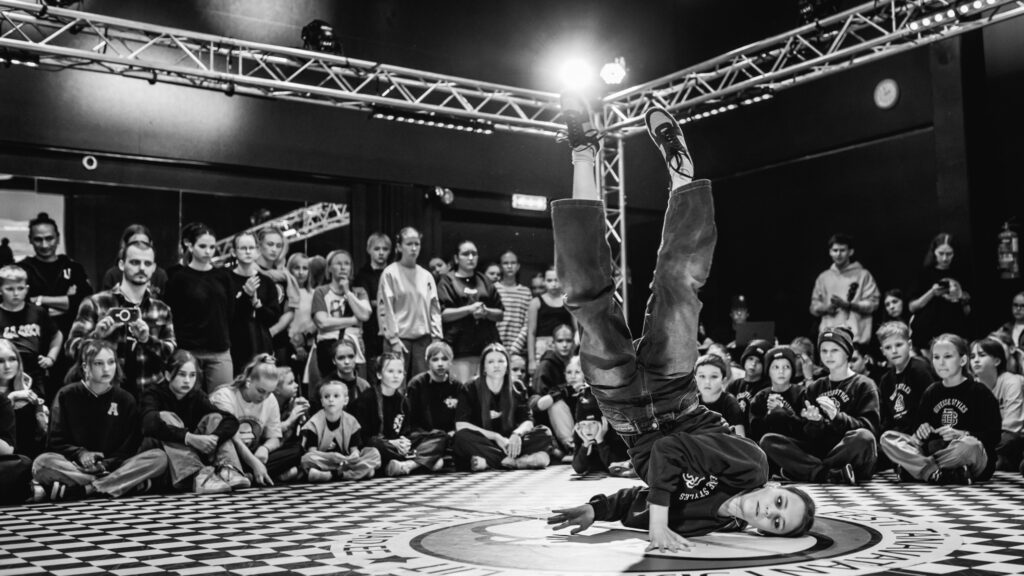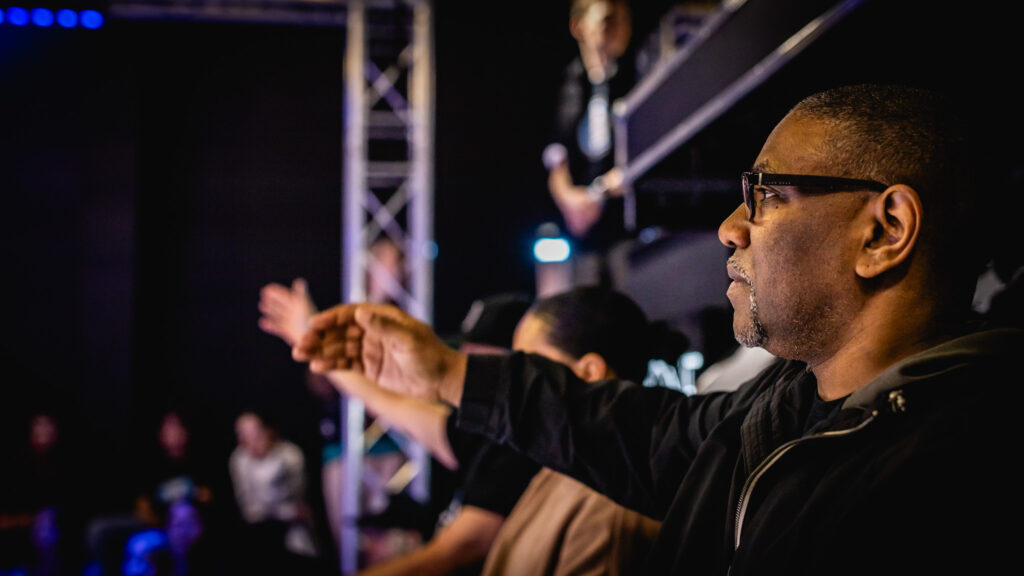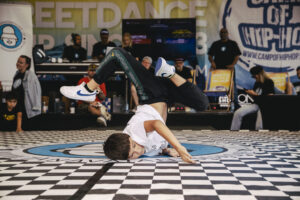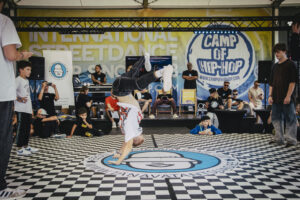Already On August 9 and 10, breakdancing will make its debut in the Olympic Games in Paris, and the first Olympic champion in this discipline will be determined. Who are the favorites and how will the competition be held?
While breakdancing was featured in the Youth Olympic Games in 2018, now it will be competed at the main Olympics in August, in the center of Paris, at Place de la Concorde.
A total of 16 women and 16 men qualified for the Olympics from around the world. Among the men, it is definitely worth keeping an eye on the following dancers for the Olympic victory: Shigekix (Asian champion), Phil Wizard (Pan-American champion), Dany Dann (European champion), and Victor.
Among the women, there are good chances for the gold medal with dancers B-girl Ami and Ayumi from Japan, the Chinese dancer 671, and B-girl Nickal with Lithuanian roots.
At the Olympics, dancers are divided into four-member groups for the preliminary rounds, and the two best from each group advance, earning the most wins within the designated time. From there, the competition continues from the quarter-finals all the way to the medal matches. All competitions take place in a 1v1 format over three rounds, with judges voting at the end of each round to determine the advancing dancer based on the results of all three rounds.

The battle system means that there are two dancers facing each other on the dance floor at the same time, one on the red side and the other on the blue side. Each dancer has a maximum of 1 minute to dance in each round.
Once both dancers have completed their performances, the judges must immediately make a decision using tablets. The decision is announced right away on a large screen, except in the finals.
The dancers are judged by nine judges, taking into account technique, originality, performance, vocabulary, and musicality. Each of these factors contributes 20% to the overall score. At the Olympics, there is a head judge who oversees the work of all the other judges.
For quick analysis and evaluation, judges have tablets that are managed on-site by an IT team. The tablets have a slider for each category, which can be adjusted towards the red or blue side based on the dancers’ performances, automatically calculating the precise percentage score.
In addition, the MC and DJ play an important role in the breakdancing competition, and they must remain impartial at the Olympics. For example, the DJ must play the same part of the song for both dancers, not one instrumental section for one and the lyrical part for the other. The MC must equally support both dancers.

These are the breakdancers who qualified for the Olympics:
16 B-Boyd
Lee (NLD)
Hong10 (KOR)
Hiro (JPN)
Lithe-ing (CHN)
Jeffro (USA)
Amir (KAZ)
Menno (NLD)
Quake (CHN)
Kuzya (UKR)
Lagaet (FRA)
Victor (USA)
Phil Wizard (CAN)
Shigekix (JPN)
DanyDann (FRA)
Billy (MAR)
J-Attack (AUS)
16 B-Girls:
Ami (JPN)
Ayumi (JPN)
Syssy (FRA)
Logistix (USA)
Yingzi (CHN
Kate (UKR)
Anti (ITA)
Vanessa (PRT)
Stefani (UKR)
Carlota (FRA)
Nicka (LTU)
India (NLD)
671 (CHN)
Sunny (USA)
Raygun (AUS)
Elmamouny (MAR)
NB! In 17th place, B-girl Talash from Afghanistan qualified for the Olympics, and she will have the opportunity to battle against the B-girl in 16th place to determine who advances to the preliminary rounds of the Olympics.



